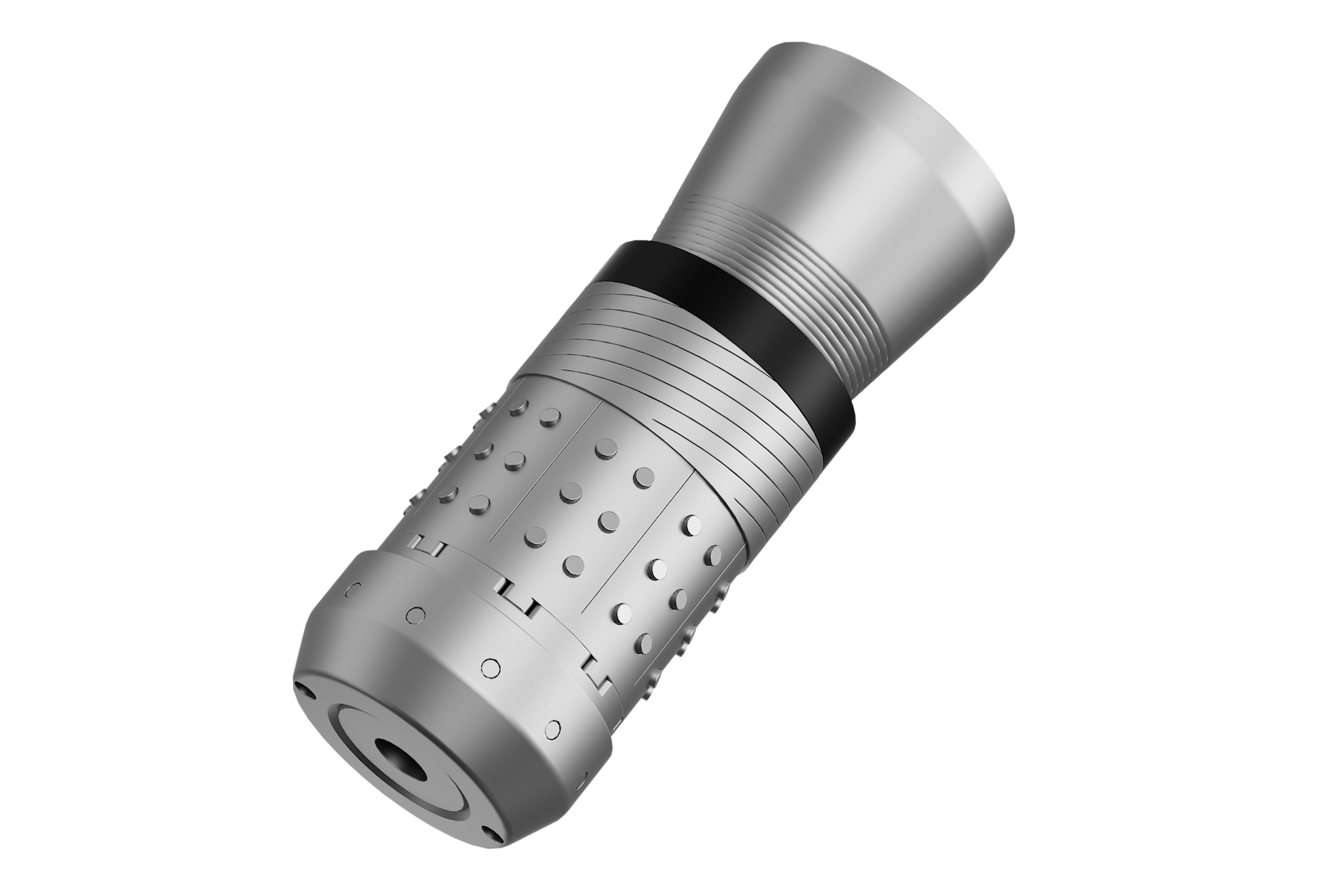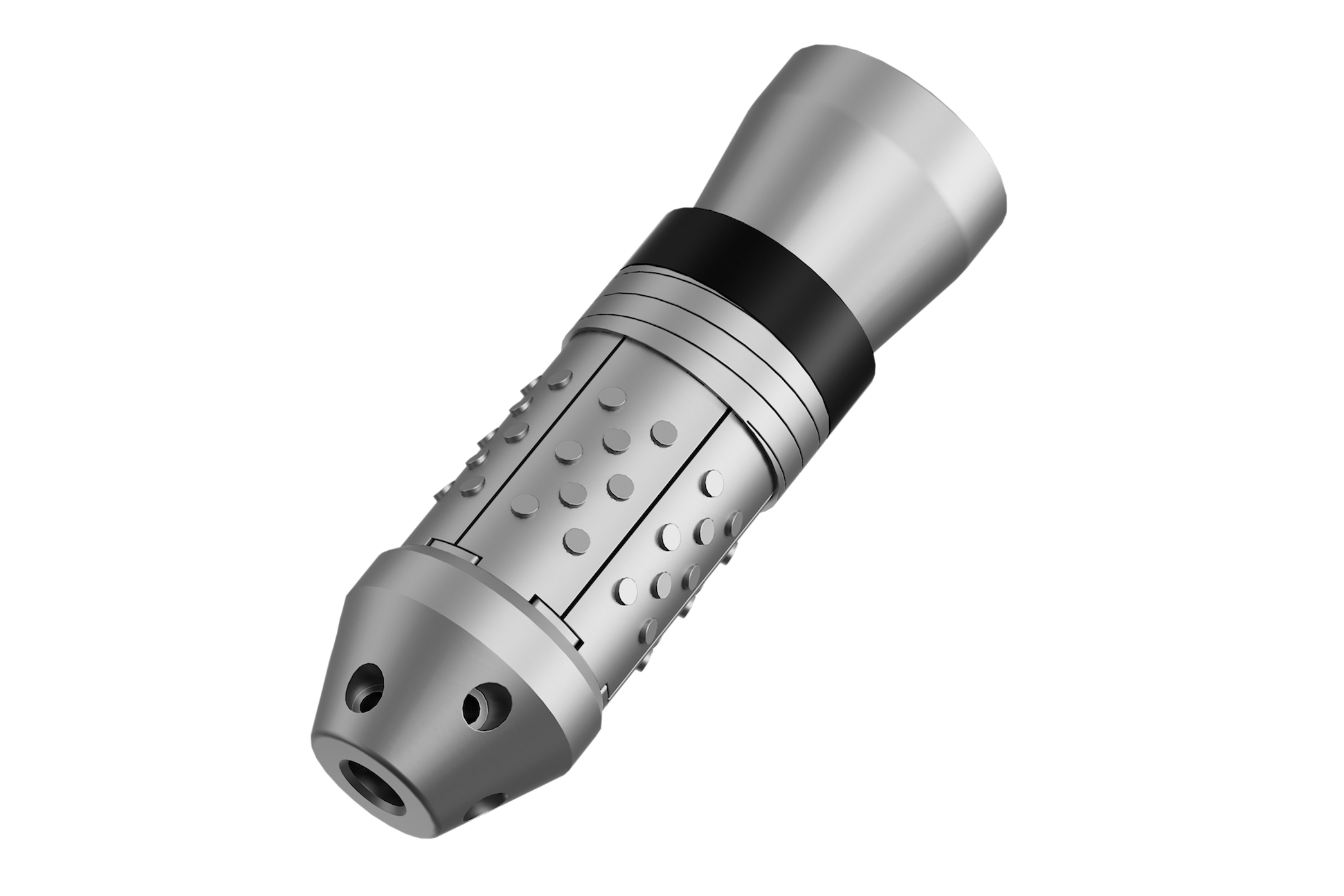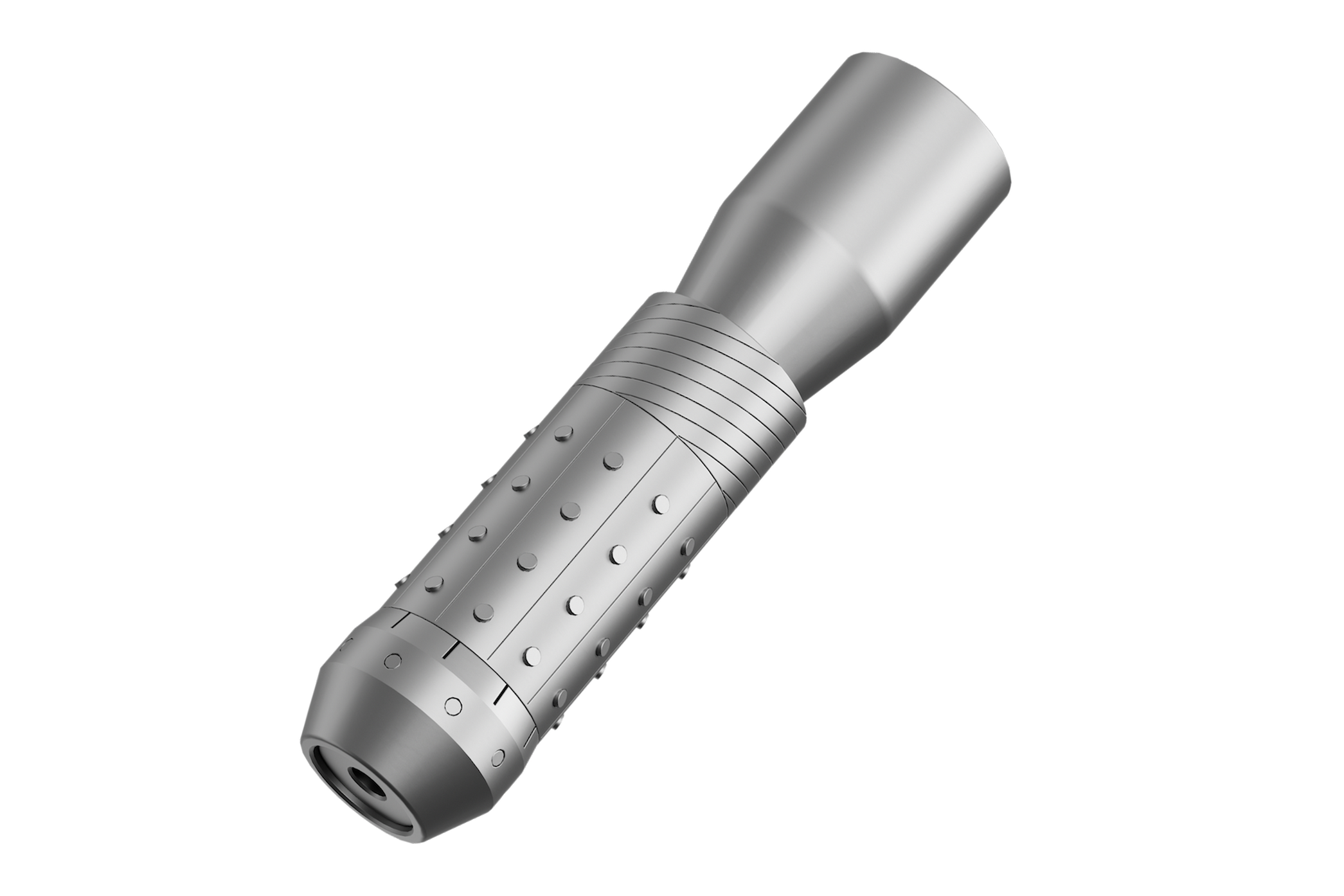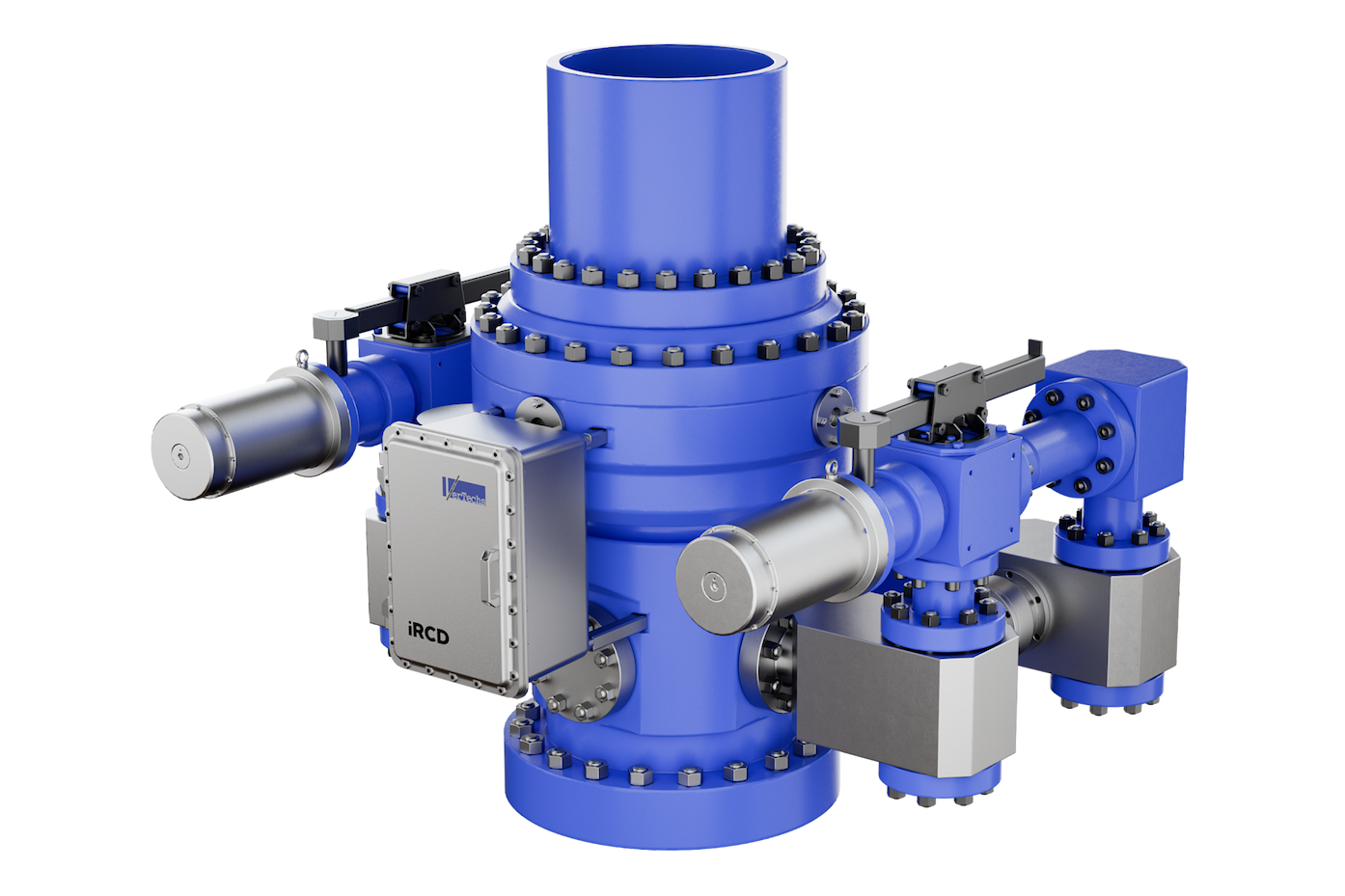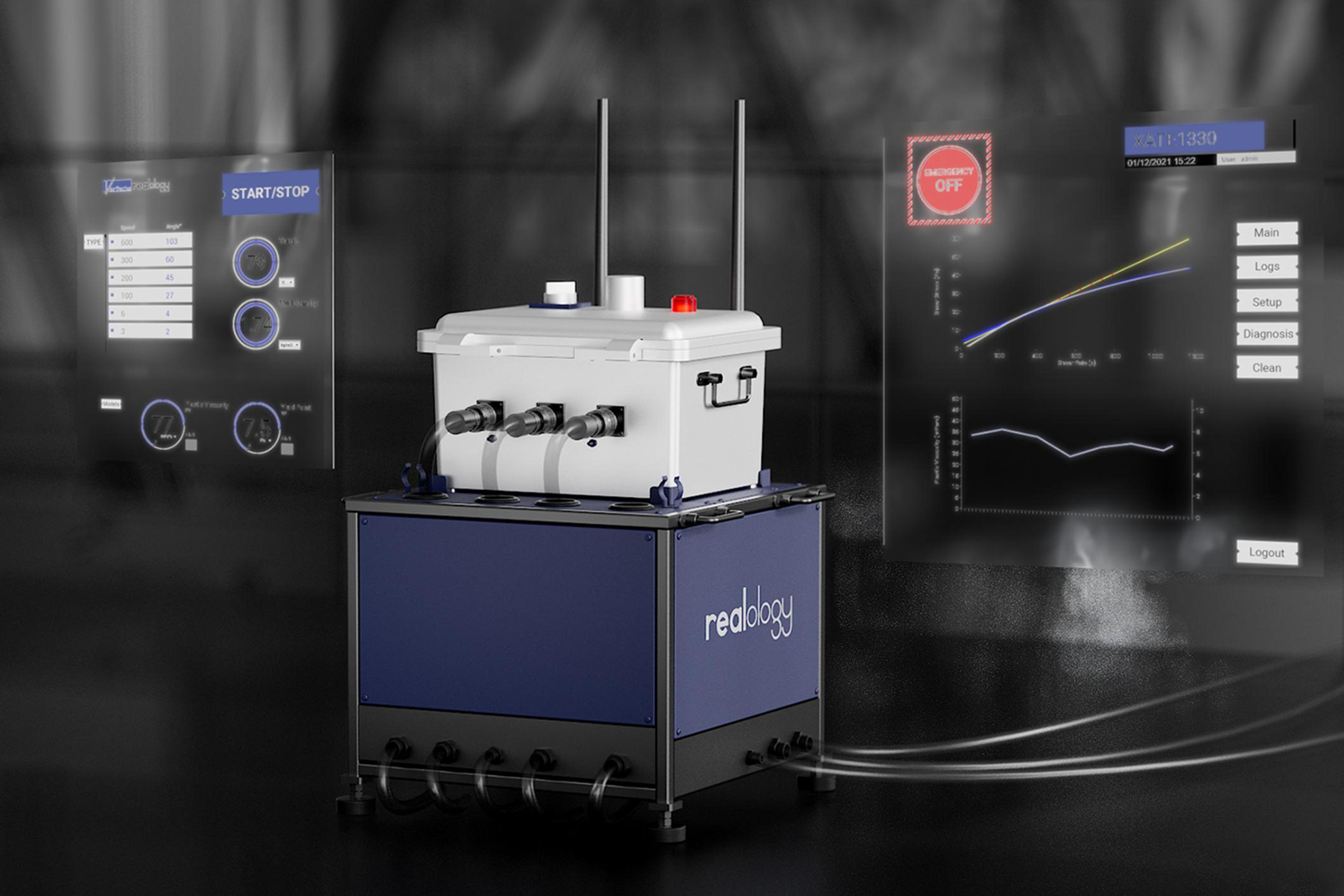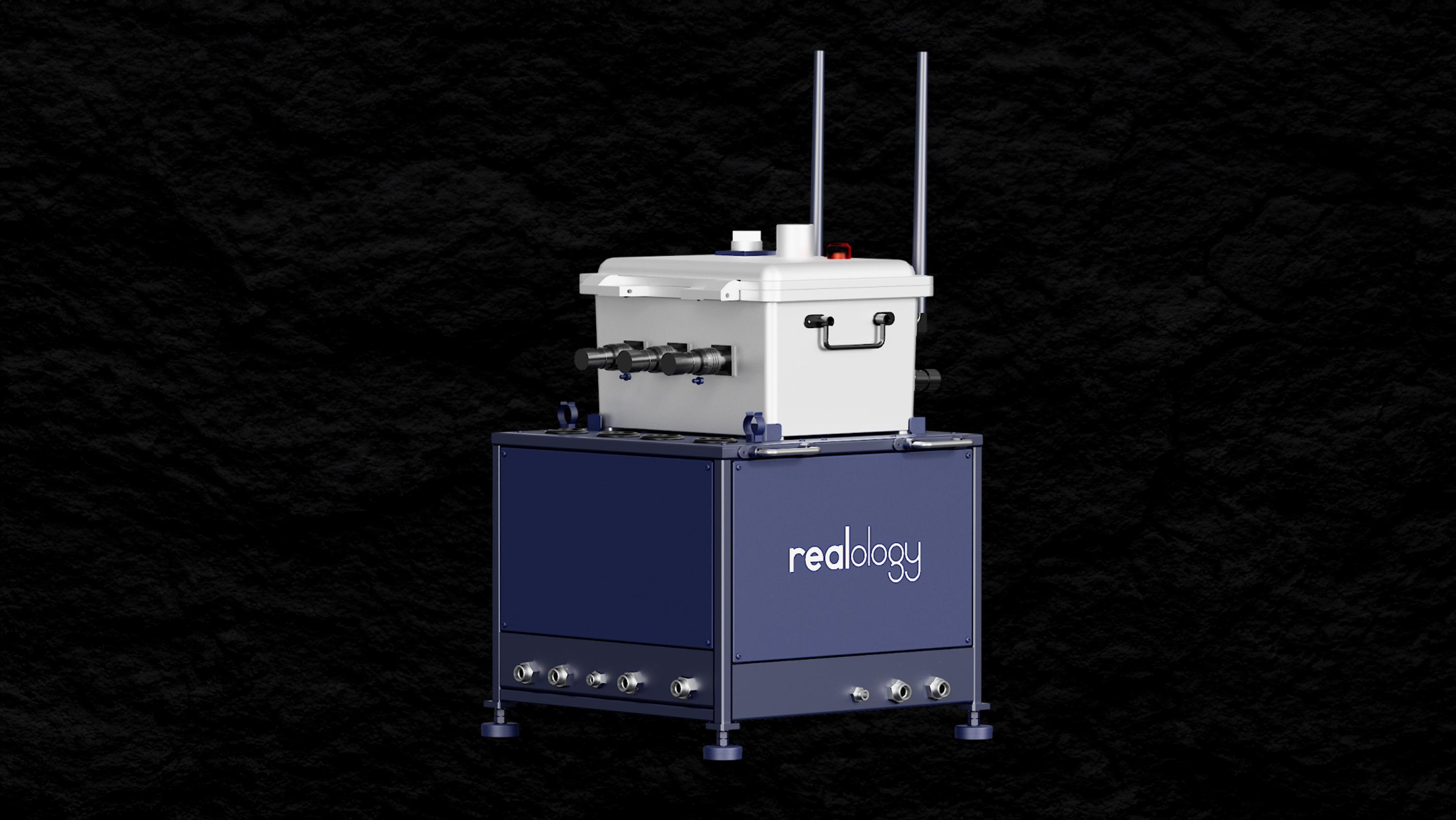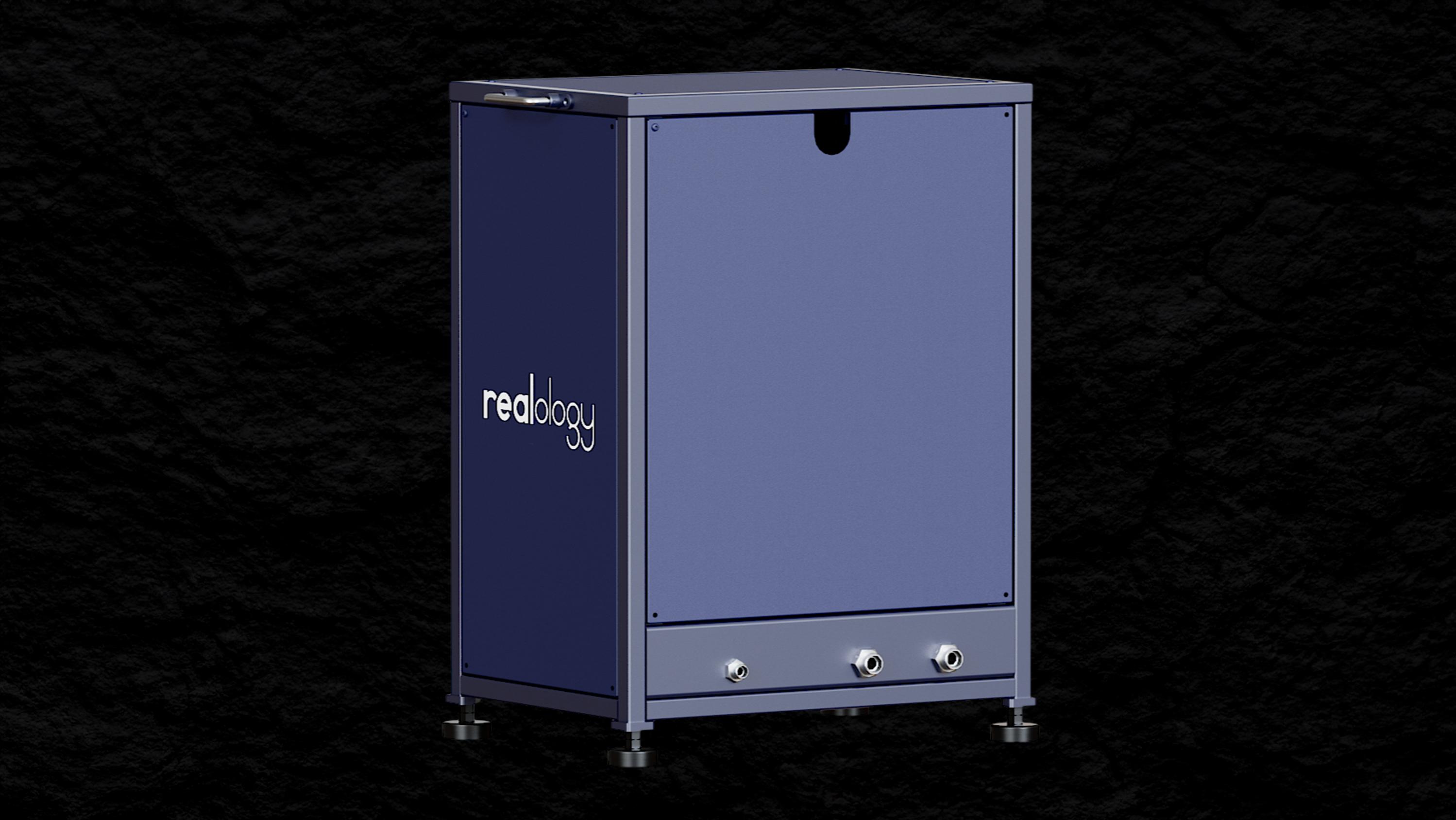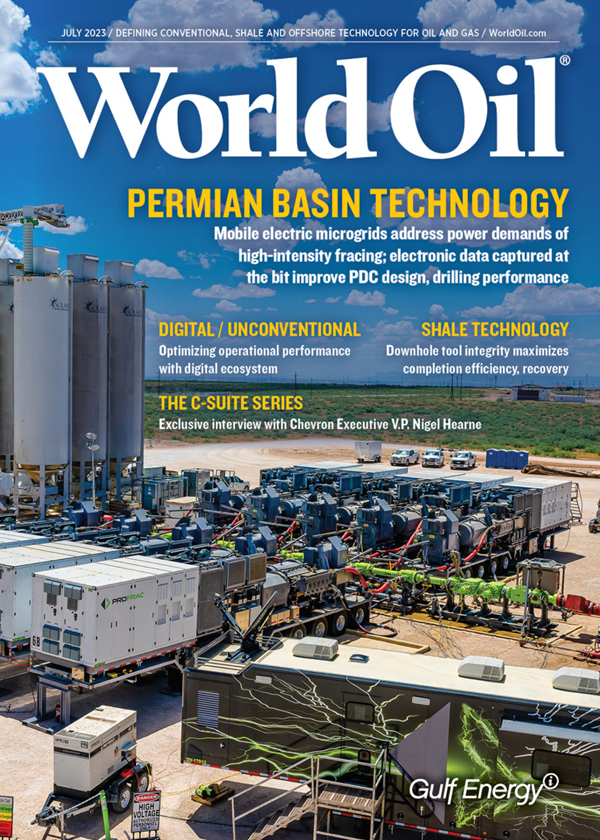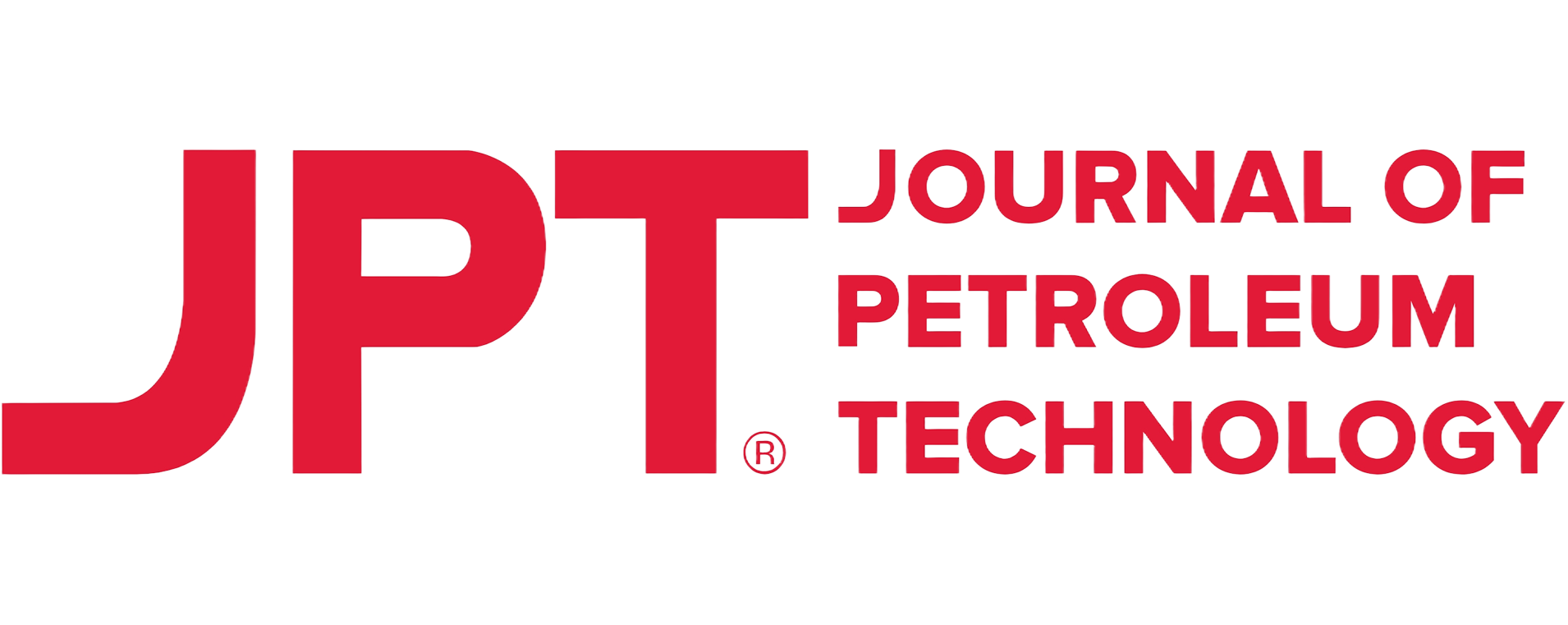
Vertechs REALology Intelligent Drilling Fluids Monitoring System (REALology DR) is an API-compliant, intelligent monitoring system that provides real-time insight into drilling fluid properties. This compact, automated platform delivers continuous data on density, rheology, pH, chlorides, and temperature. With 20,000+ hours of proven performance across 130+ wells, it meets the reliability standards demanded by modern drilling teams for safer, more efficient operations.
The second-generation system delivers enhanced measurement precision and reliability, and introduces an integrated data analysis and control suite. This empowers drilling teams with:
Drilling Efficiency Optimization: real-time parameter monitoring with fluid adjustment recommendations
Downhole Condition Modelling: intelligent simulation of complex downhole environments with actionable response strategies
Well Control Risk Mitigation: operational support and proactive alerts from influx detection through intelligent well control simulation
Features
-
Fluid Compatibility: supports both water-based (WBM) and oil-based (OBM) drilling fluids
-
Modular Design: maximum module dimensions: 0.6 × 0.6 × 0.8m, enables flexible configuration and cost-effective deployment, ideal for confined offshore platforms
-
Automated Operation: 24/7 unmanned monitoring and control, ensuring consistent measurement reliability
-
Standardized Accuracy: compliant with API standards, with measurement accuracy certified by CNAS (China National Accreditation Service for Conformity Assessment)
-
Smart Connectivity: 5G and IoT-enabled for real-time remote data transmission and control
-
Risk Warning: analytic engine provides real-time operational risk detection and decision support for optimized well control
Version Comparison
Version | Fluids | Measured Parameters | Features |
REALology DR Lite | WBM + OBM | Density, Temperature, AV, PV, YP, n, K, 3-600rpm, Gels | Cost-effective solution for monitoring essential drilling fluid parameters |
REALology DR Pro | WBM + OBM | Density, Temperature, AV, PV, YP, n, K, 3-600rpm, Gels, Chlorides, pH | Comprehensive measurement of key drilling fluid parameters, suitable for all fluid types |
REALology DR Pro Max | WBM + OBM | Density, Temperature, AV, PV, YP, n, K, 3-600rpm, Gels, Chlorides, pH, Constant-Temperature Heating, Funnel Viscosity, Emulsion Breaking Voltage, Resistivity | Complete drilling fluid performance measurement with integrated data analysis software |
Modules
Case Study
-
OVERVIEW
In the challenging environment of deepwater drilling, operators face numerous technical obstacles that can significantly impact drilling performance and safety. One of the most critical aspects of these operations is the effective management of drilling fluids, which play a pivotal role in maintaining hole stability, drilling efficiency, and reservoir protection. However, traditional methods of monitoring drilling fluids, relying heavily on manual tests and often plagued by delays and inaccuracies, have proven inadequate in demanding deepwater conditions.
The case study showcases a deepwater drilling platform operated by one of the giant operators in China. The platform planned to drill 3 exploration wells, each designed to total depths of approximately 5,000 meters, utilizing both water-based and oil-based drilling fluid systems. These wells faced formidable challenges, including fluid loss, high temperatures, and must focus on reservoir protection.
-
CHALLENGES
Limited Space
Deployment of monitoring equipment was constrained by the limited space of only about 2m² available on the drilling platform.
Harsh Operating Conditions
The monitoring equipment must be resilient to high temperatures, humidity, and salinity, demanding exceptional durability and reliability.
Continuous High-Frequency Monitoring
The necessity for prolonged operational uptime and frequent data collection posed a challenge to the stability and performance of monitoring equipment.
Well Control Risks
Since the high challenges on fluids loss and possible kicks according to drilling fluids design, well control is critical to successful operation, close monitoring of drilling fluids properties is one of the key methods to prevent downhole problems.
-
SOLUTIONS
To address these challenges, Vertechs successfully deployed two REALology units to provide continuous monitoring of critical drilling fluids parameters, including viscosity, density, pH, and chlorides, at both the inlet and outlet of the circulation system. This approach allows for real-time adjustments based on fluid properties.
Real-Time Data Acquisition
REALology provided continuous, real-time data on drilling fluid properties, enabling immediate detection of any abnormal fluctuations.
Enhanced Analytical Capabilities
This data empowers operators to effectively assess complex downhole conditions, facilitating better reservoir protection and avoiding downhole hazards.
Early Warning System
The ability to rapidly identify potential downhole issues allowed for proactive measures to be taken, minimizing NPT (non-productive time) and ensuring downhole safety.
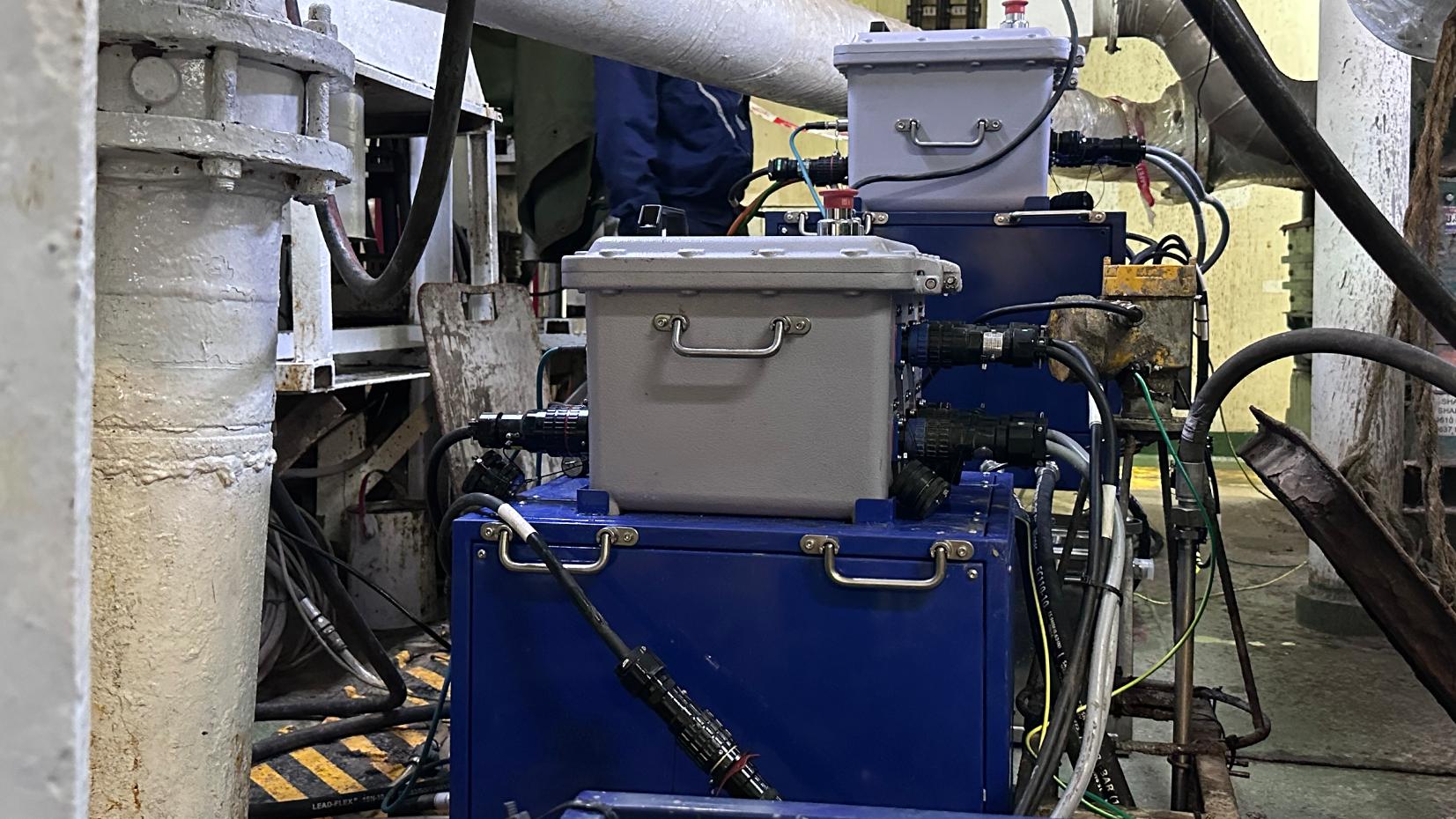
Fig1. Vertechs REALology is deployed in a confined & limited space on the drilling platform
-
ACCURACY COMPARISON
Vertechs compared the manual test data from an experienced drilling fluid engineer against the REALology system to verify the deviation of the fluid test results.

Fig2. Data indicates close trends between REALology and drilling fluid engineer data collation

Fig3. Result indicates deviation between REALology and manual test data< 3%
-
RESULTS
The deployment of REALology’s advanced monitoring solution has transformed drilling operations, enhancing efficiency and significantly reducing risks associated with fluid quality. This case study highlights the impact of innovative technologies in optimizing performance and decision-making in challenging offshore deepwater environments.
24/7 Continuous Monitoring
All wells were monitored in real-time across entire drilling sections, significantly improving the accuracy and responsiveness of fluid performance data.
Automated Data Processing
The automation of data analysis minimized manual intervention, reducing errors and enhancing overall operational efficiency.
Comprehensive Data Logging
Continuous measurements provided a complete historical record, enabling thorough analysis of downhole conditions and fluid performance variations.


